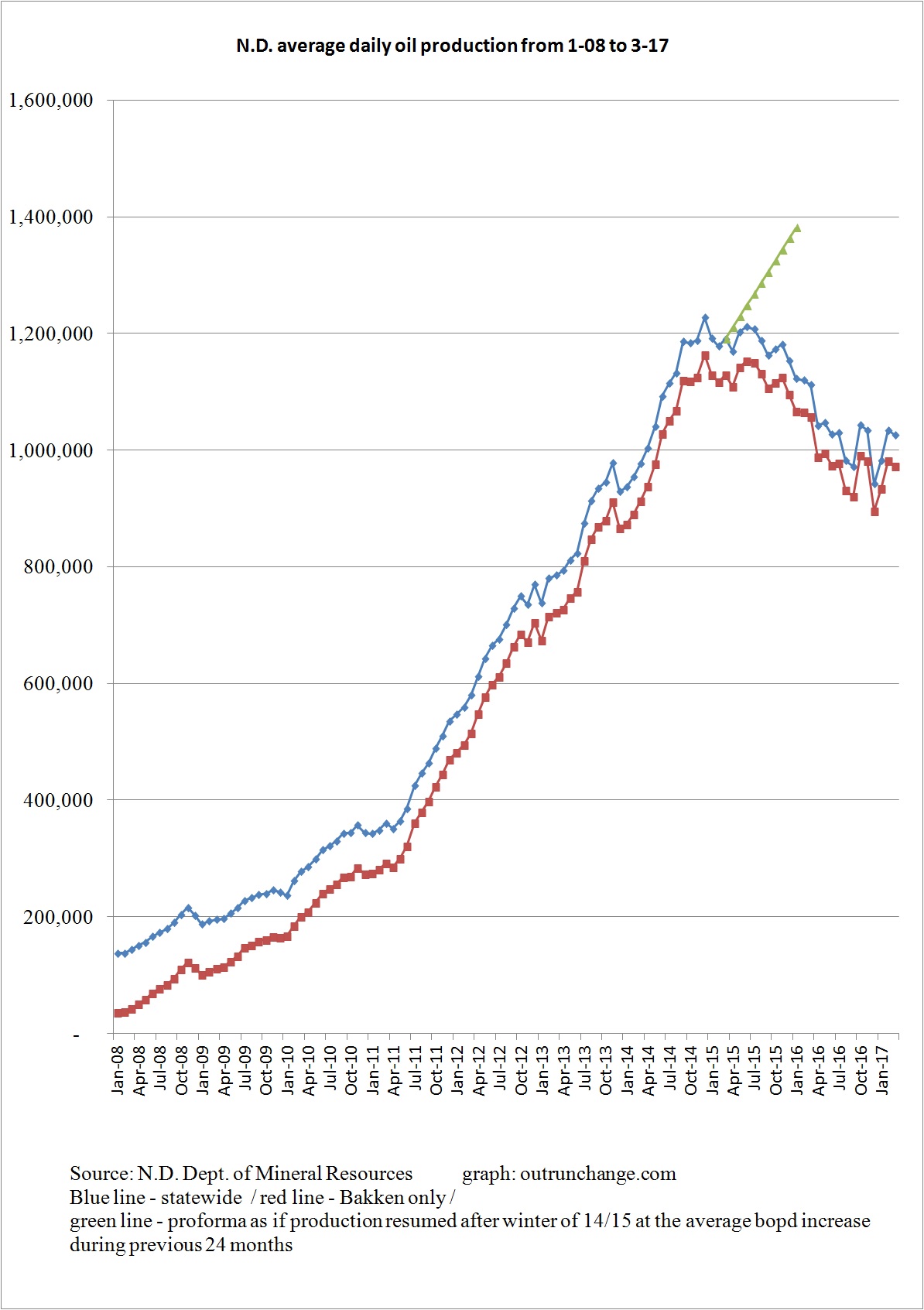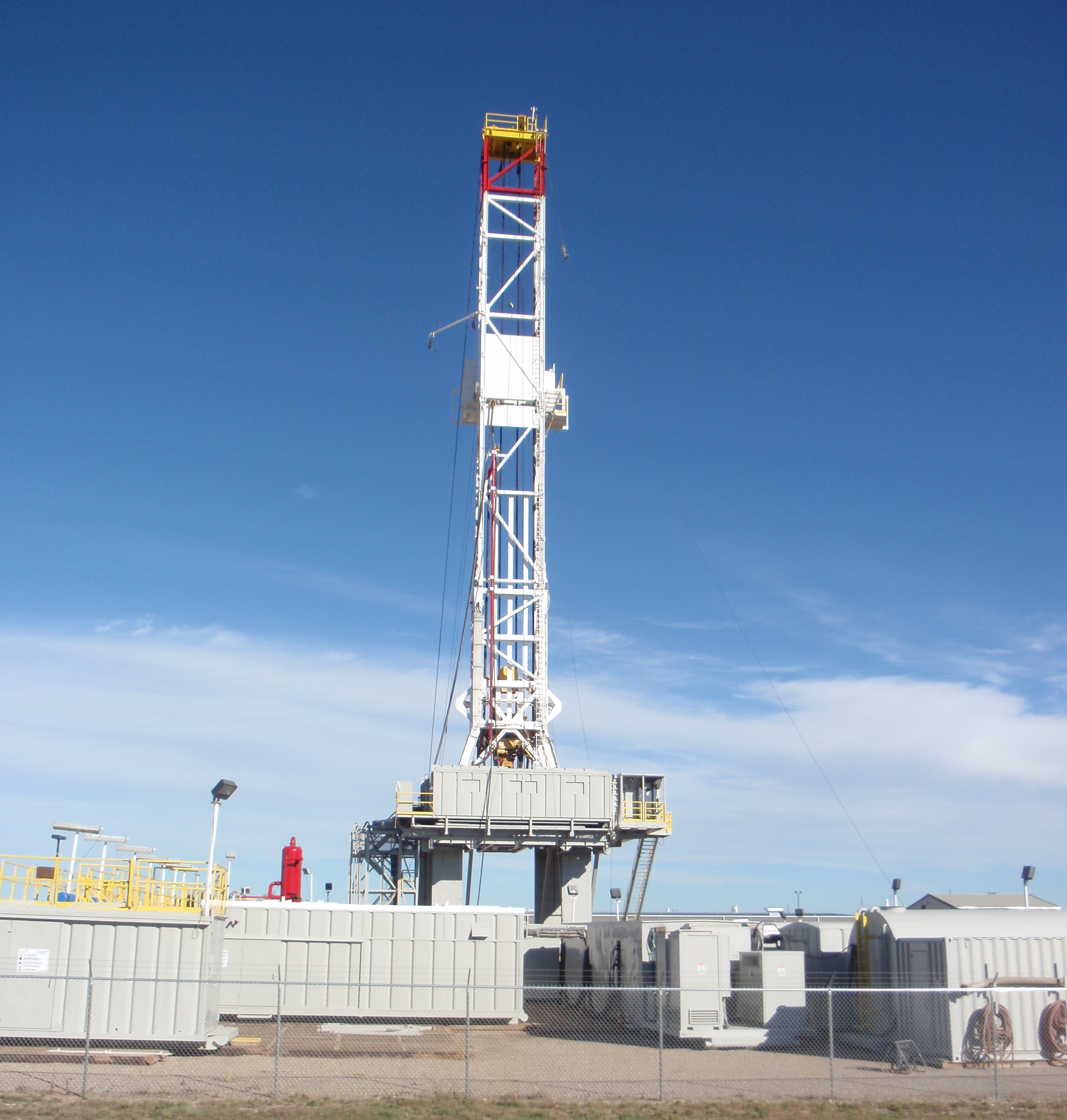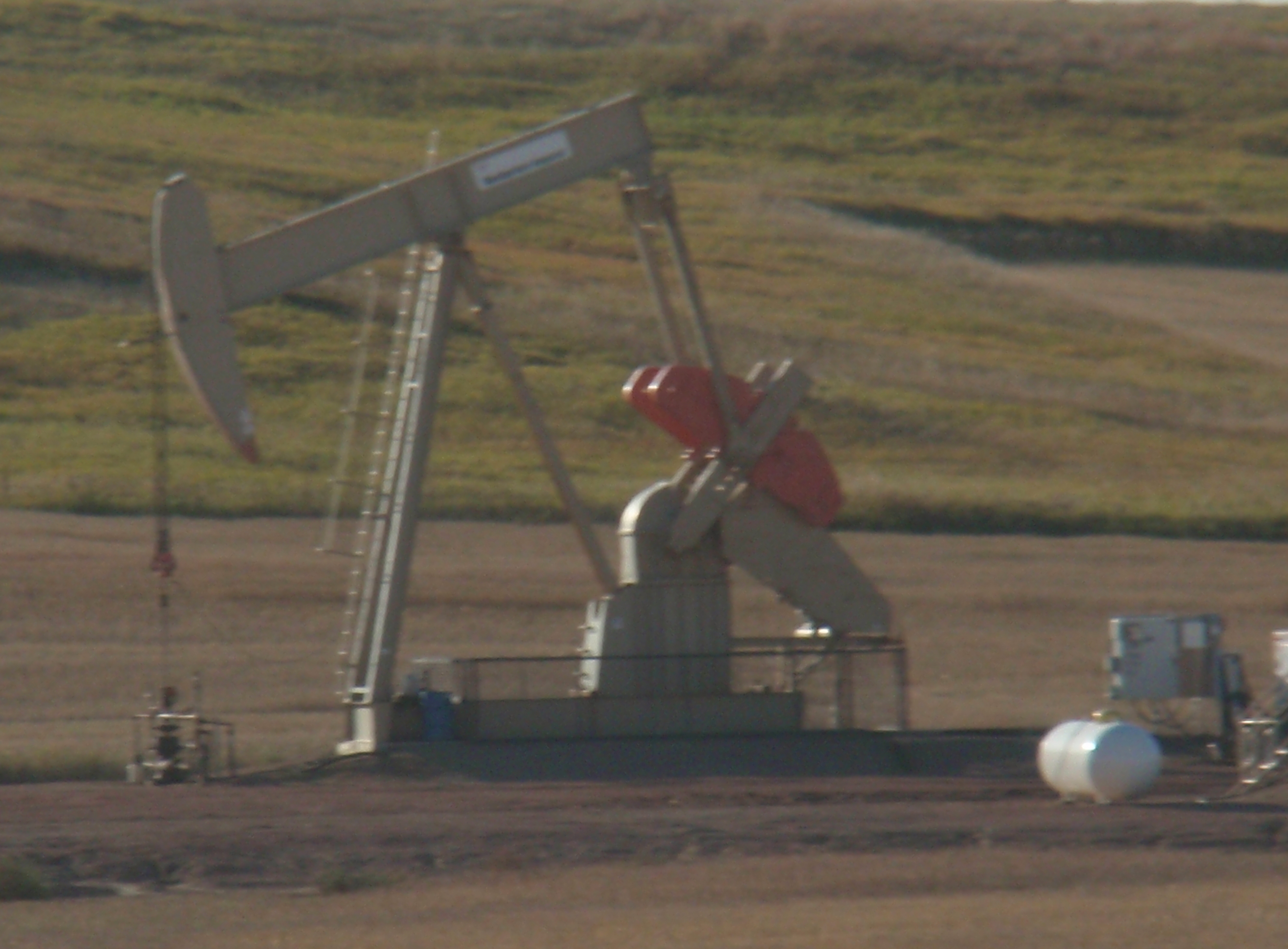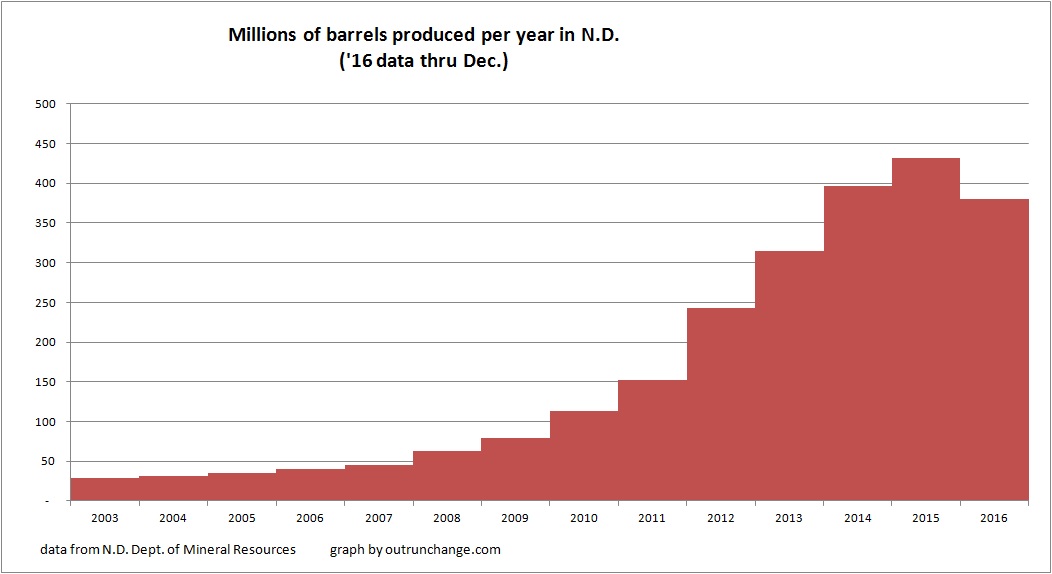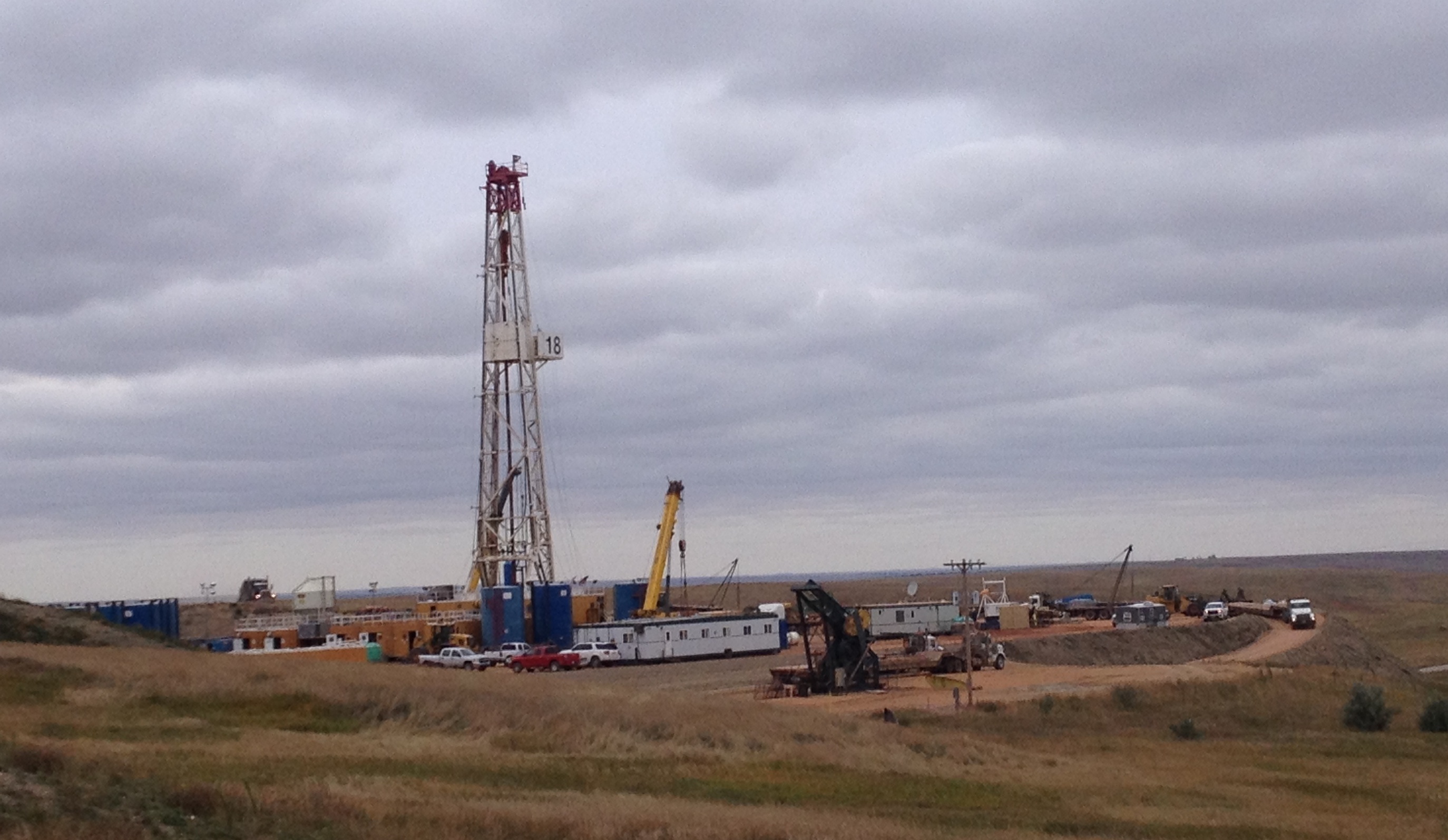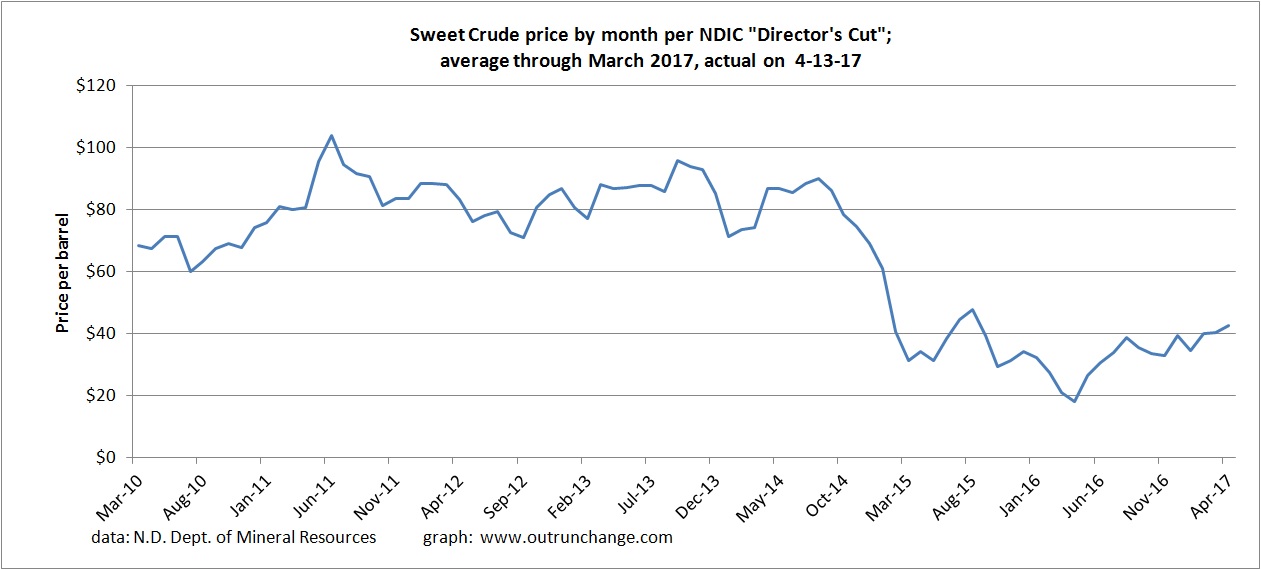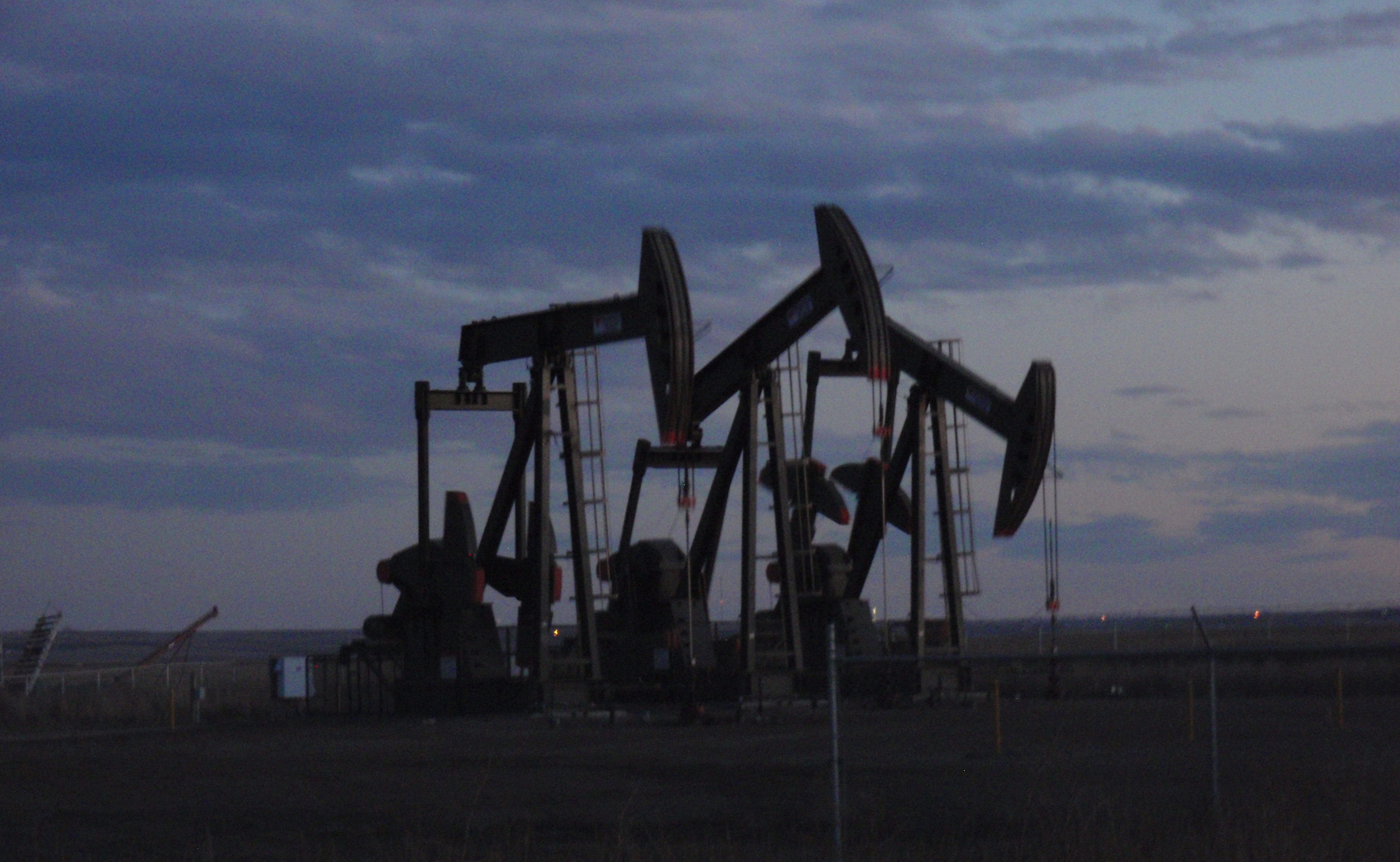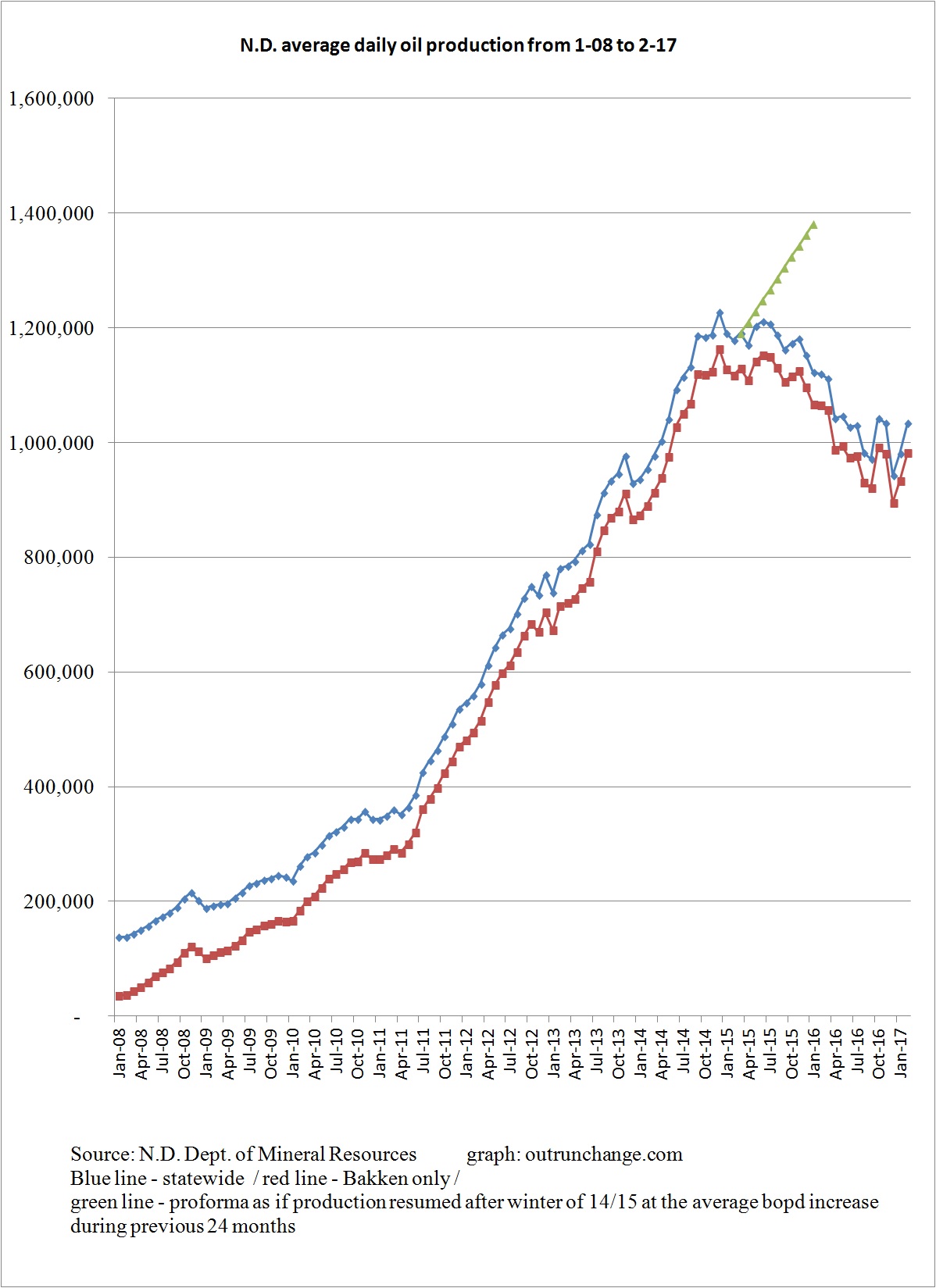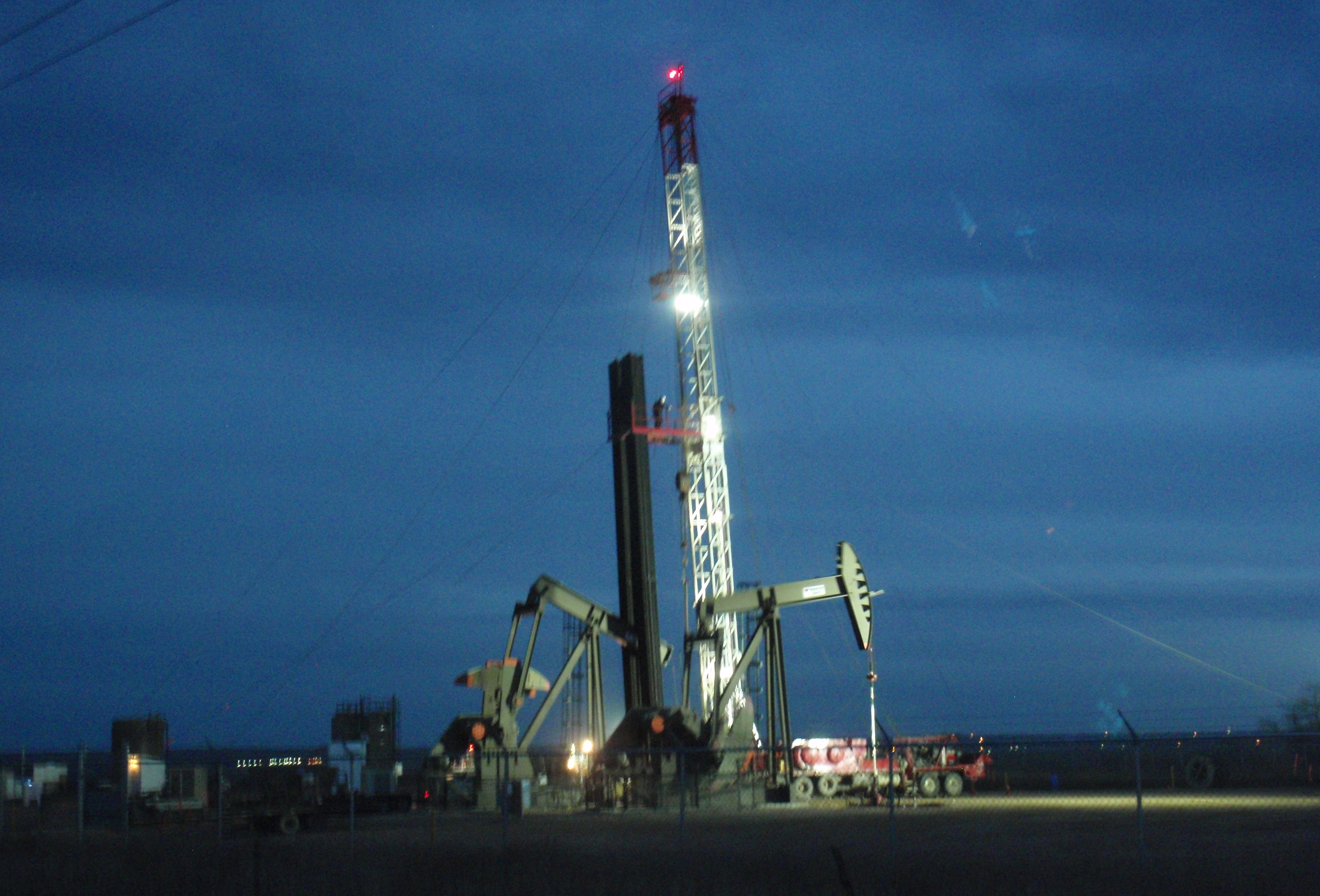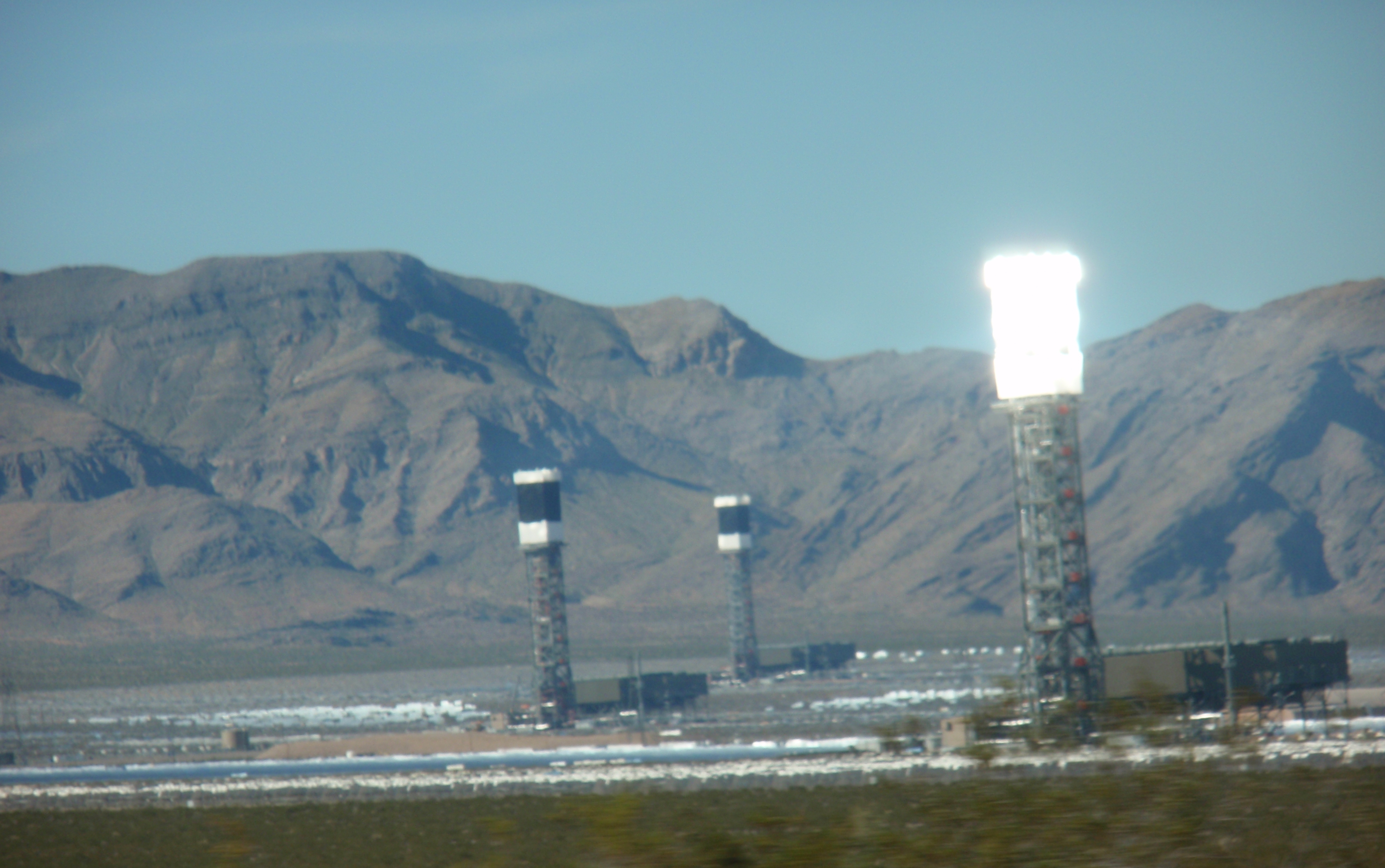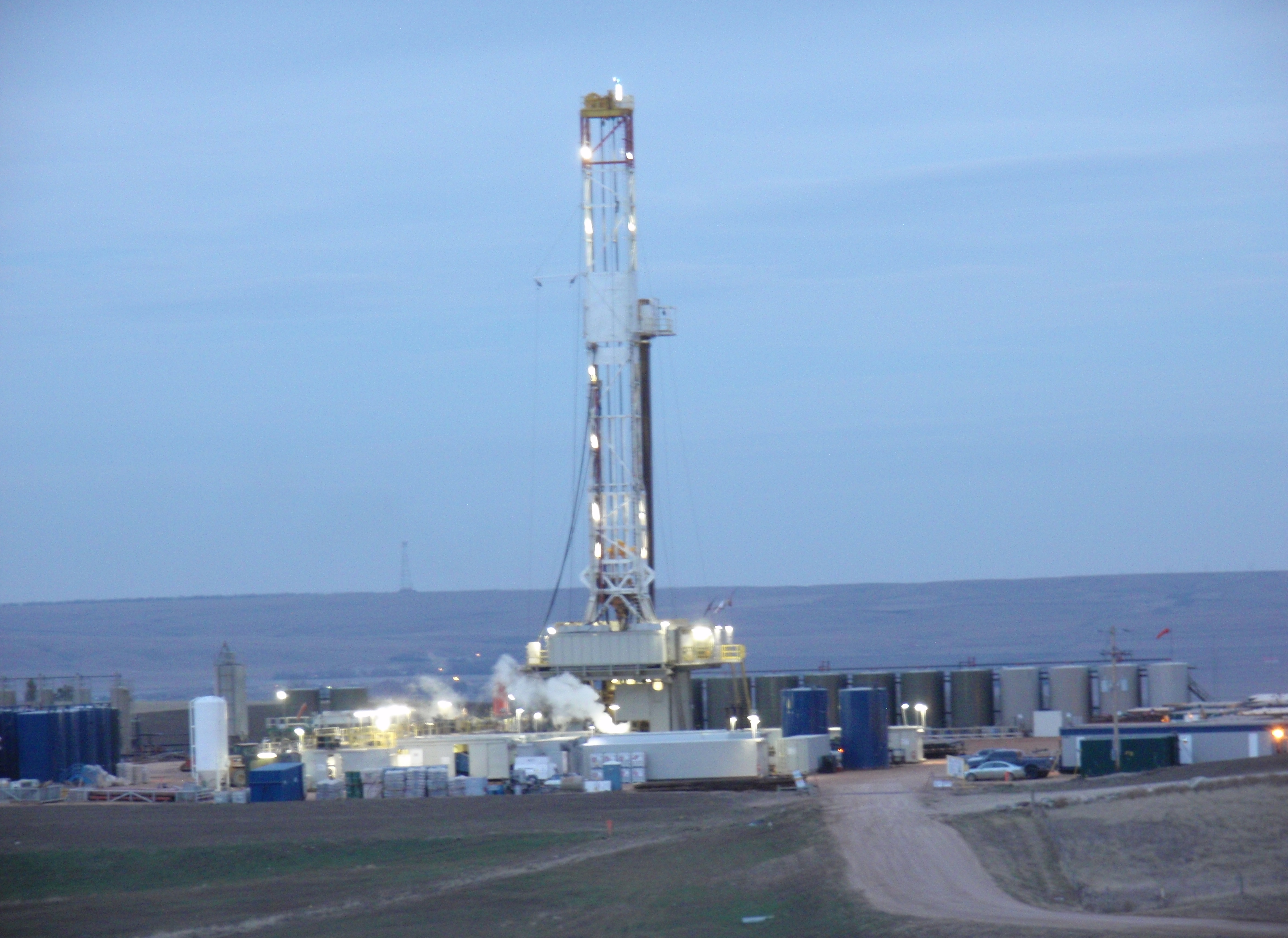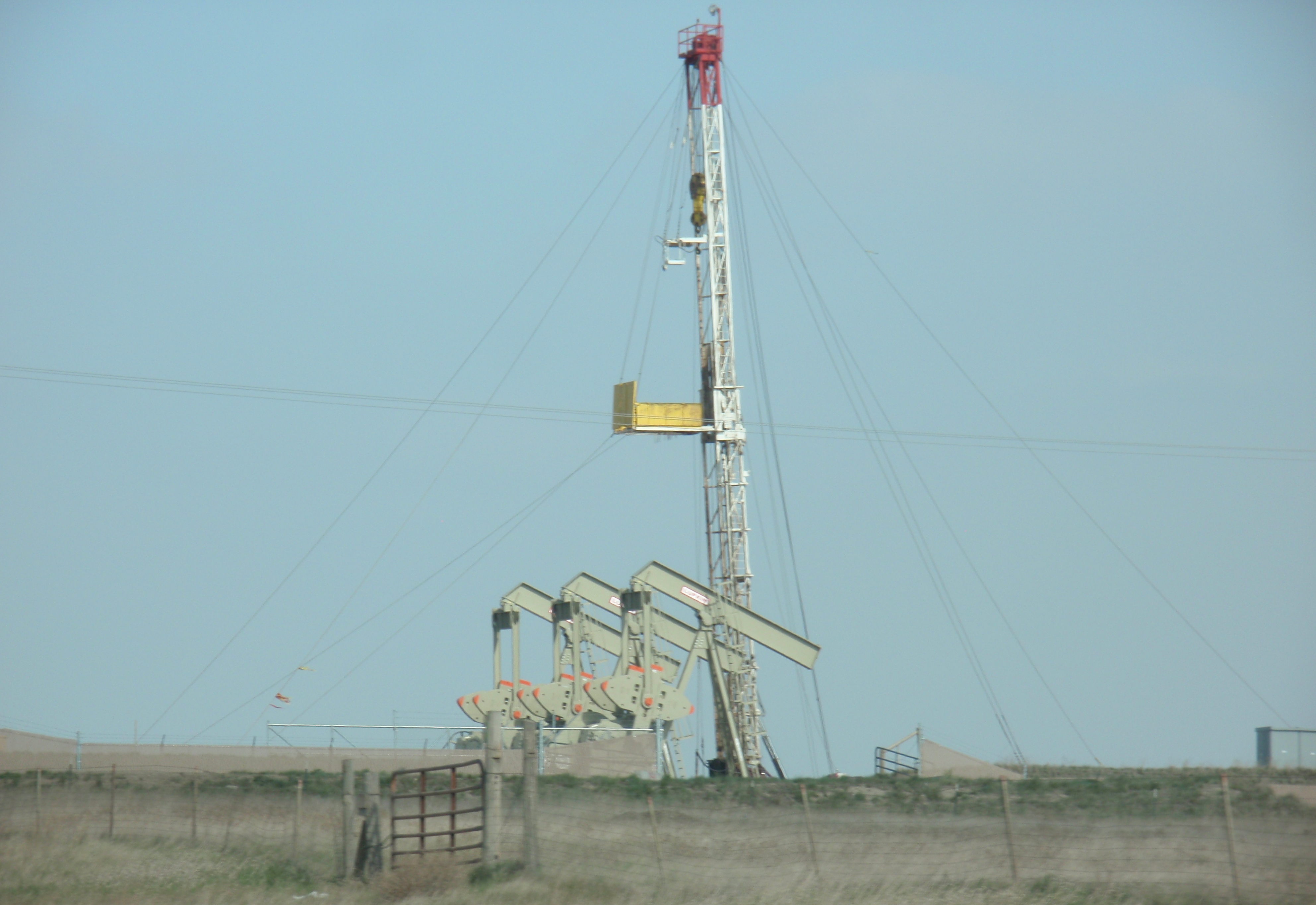
Pressures on OPEC continue. Several recent articles point to OPEC’s request that the US cut back its oil production. Creating financial distress didn’t work to take out US producers, so OPEC will instead try asking frackers nicely to curtail production.
Anyone want to guess how that will turn out?
Another article explains that the reversal of austerity moves by Saudi Arabia is due to internal political maneuvering.
5/11 – CNN Money – OPEC to U.S.: Please don’t pump so much oil! – How do you think this will work: In their monthly report, OPEC said that all oil producers need to work together to reduce the oversupply (hint so they can all make more money) and dropped a strong hint that producers in the US should cut back production.
Yeah, that’s a great plan! OPEC can bank on that working.
5/12 – Daily Caller – Saudi Arabia Whines US Has Too Much Control Over World’s Oil – One commentator observes the Saudis have realized they don’t have as much control as they did a decade ago.
America imported 60% of its oil in 2007 but only 27% in 2014. That is a massive loss in market for OPEC.
There is a lot of pressure on Saudi Arabia, both internally and externally.
Continue reading “OPEC asks US frackers to curtail production”
